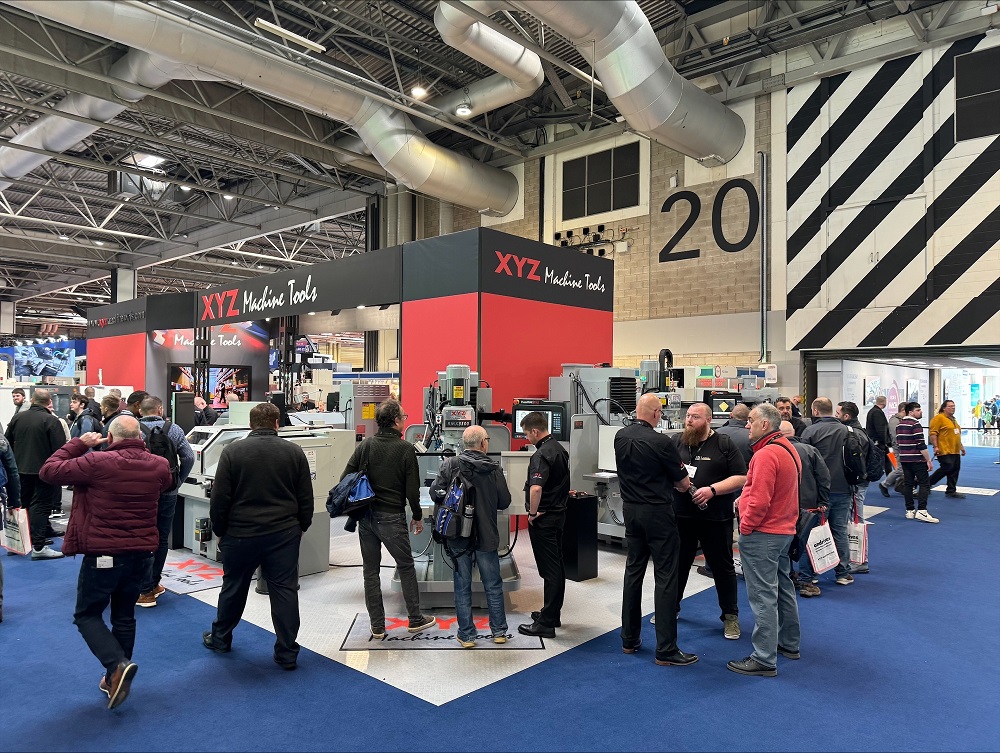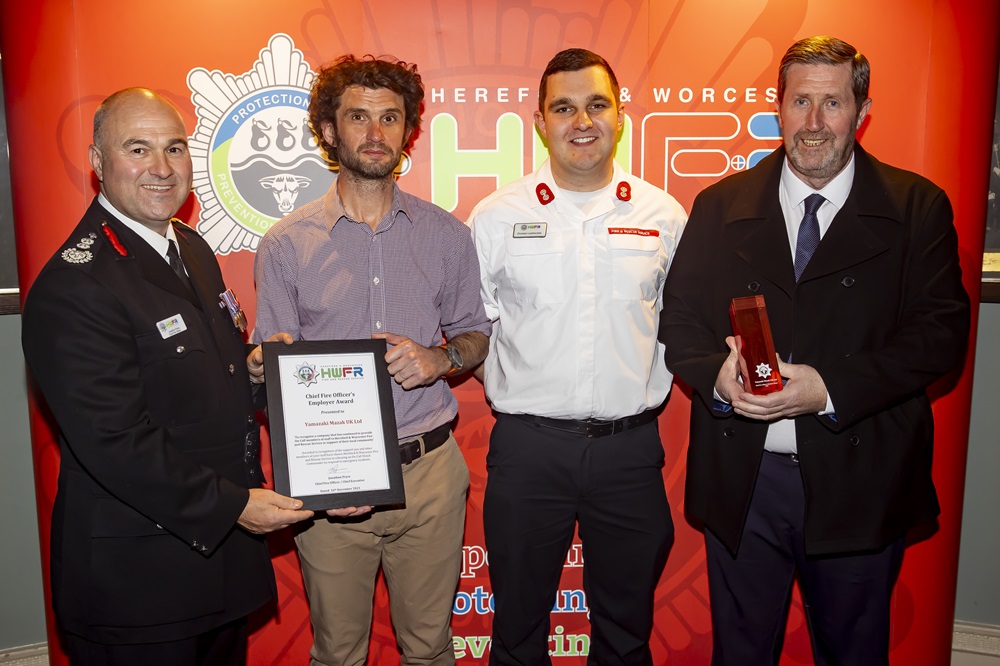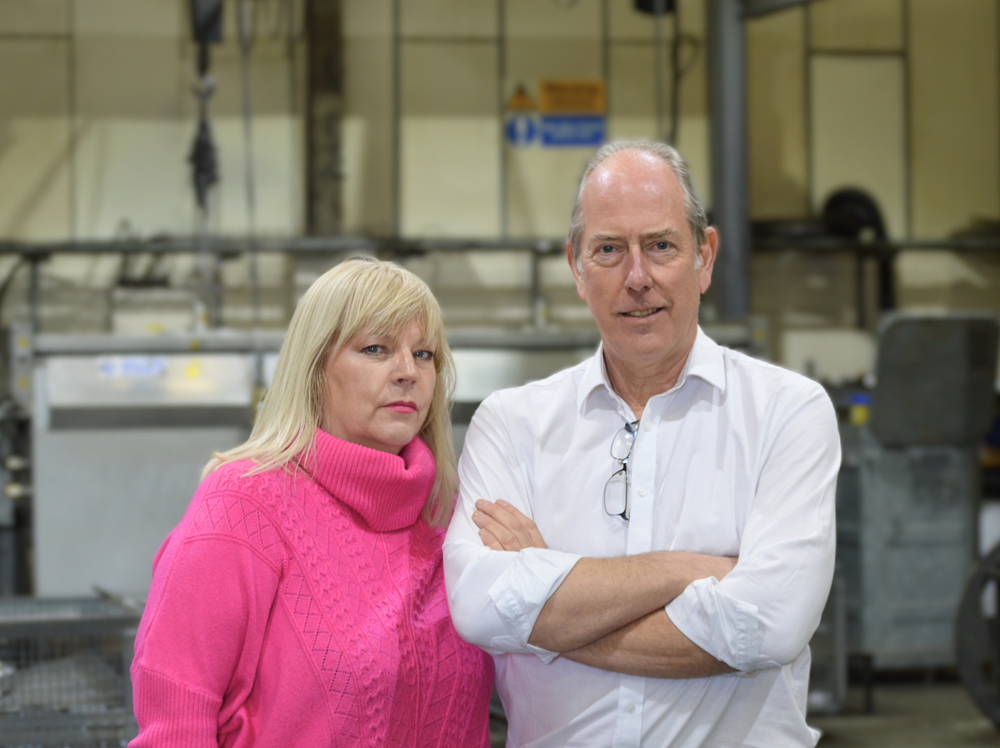XYZ Machine Tools took orders worth in excess of £1m at the recent MACH 2024 exhibition in Birmingham. Spanning 12 machines, this figure is expected to rise in the coming weeks and months as the company’s area sales managers work through the high number of enquiries generated at the show. The quantity of leads is up considerably on the previous MACH in 2022, providing a positive indication of robust investment levels across UK industry.
“We saw a similar number of visitors to the stand as MACH 2022, but the quality was better,” states Martin Burton, sales director at XYZ Machine Tools, which is celebrating its 40th anniversary. “There were more people looking to make an immediate or near-future investment, rather than discussing plans further down the track. In particular, it was nice to meet a number of companies who are considering XYZ for the first time.”
For further information www.mtimagazine.com



















